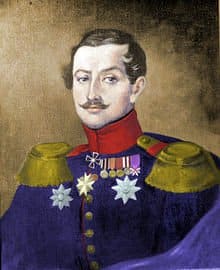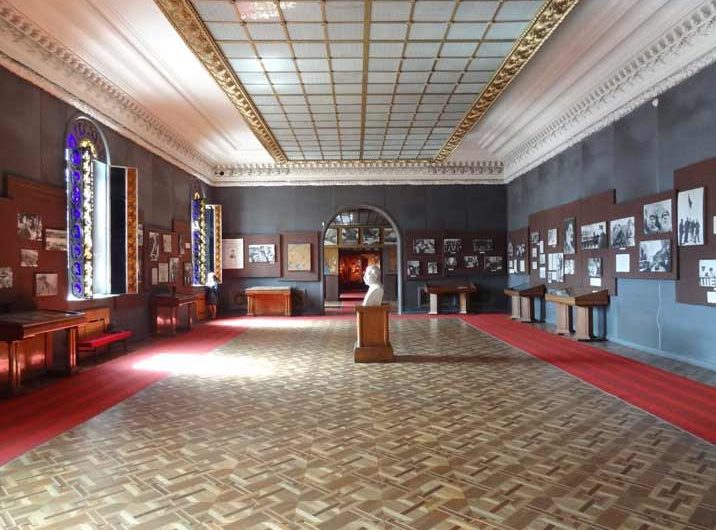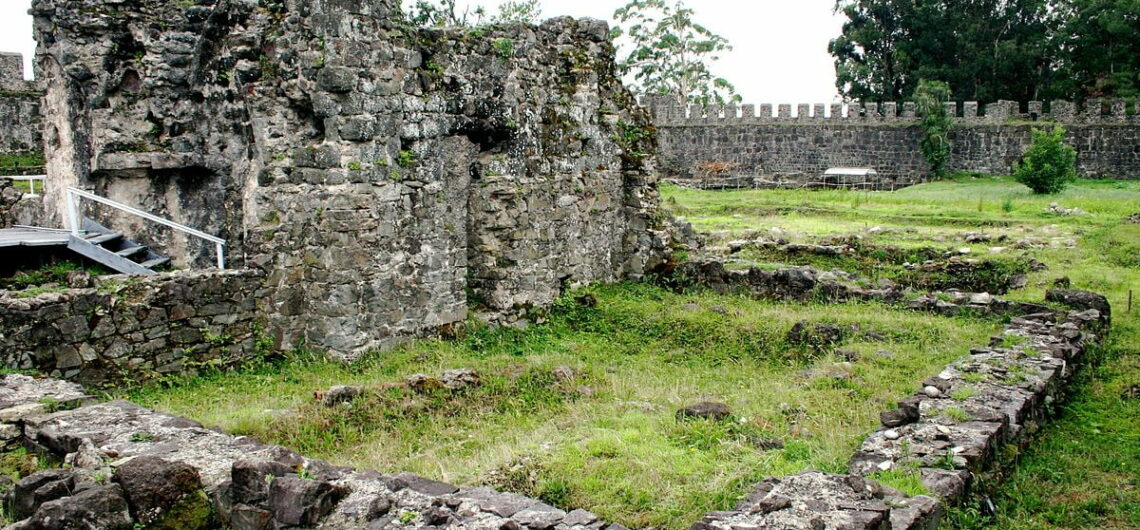Tbilisi open air – Ethnography museum
We laid the foundation stone for the Tbilisi Open Air Museum of Ethnography on April 27, 1966.
The Georgians named the museum after Giorgi Chitaya, a Georgian ethnographer and founder of the museum.
It was the first open-air museum in the entire Caucasus region.
Information about Museum :
Architects disposed Tbilisi Open air museum on the northern ridge of Mtatsminda mountain between the Vake Park and a picturesque area of Tortoise pond.
Also,the museum covers 50 hectares of land and Georgians arranged it in eleven zones where 70 houses .
They disposed thrift buildings characteristic for the various parts of Georgia .
More clearly, they moved piece by piece the wooden houses from their native villages .
In addition,the main theme of this architectural theme park is the architectural style and the way of living.
Moreover,the museum displays more than 8000 items.
Georgians present The exhibition according to the main territorial subdivisions of Georgia.
There are traditional Darbazi-type and fiat-roofed houses from Eastern Georgia, wooden houses with gable roofs of straw or boards from western Georgia, towers from mountainous provinces of Khevsureti, Khevi, Tusheti and Svaneti, wattle maize storages from Imereti and Samegrelo, Khakhetian wineries, Kartli water mills etc.
A collection of household items are also noteworthy; it contains distaffs, chums, knitting frames, carpets, clothes, pottery, furniture and so on.
Furthermore,there is a basilica from Tianeti and a 6th-7th century burial vault with sarcophagus on the territory of the museum as well.
The festival of Art-gene is firmly connected with the museum. It is an annual folk culture festival held from 2004.
To read more about Tbilisi’s history and sightseeing ,click here.
Usually we can take some excursions beside the museum :
we can certainly follow the visit to the museum by other recreational visits carried out by the company for lovers of adventure and nature .
Especially the high Caucasus Mountains outside Tbilisi, which are full of picturesque resorts .



